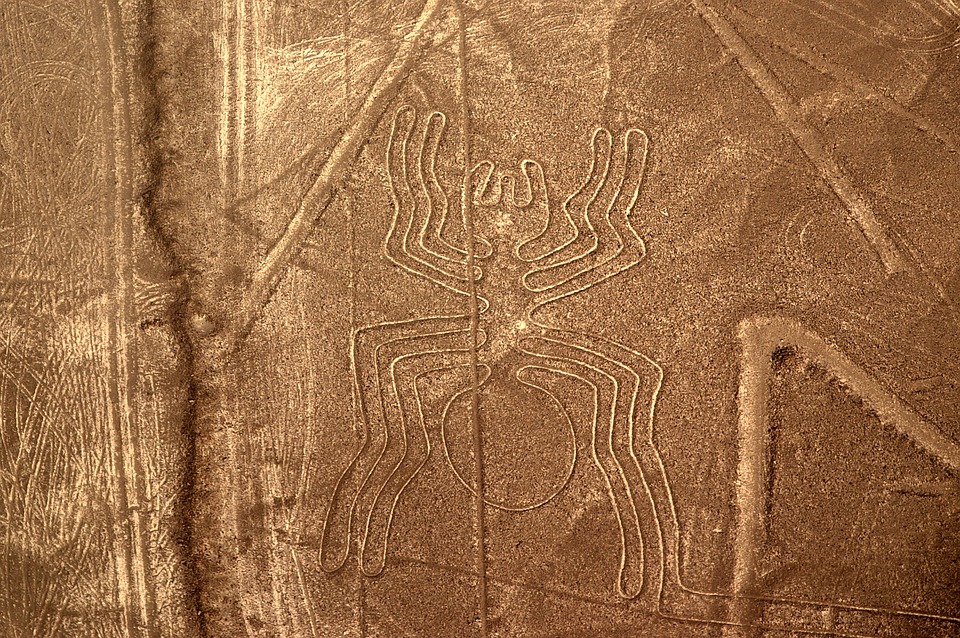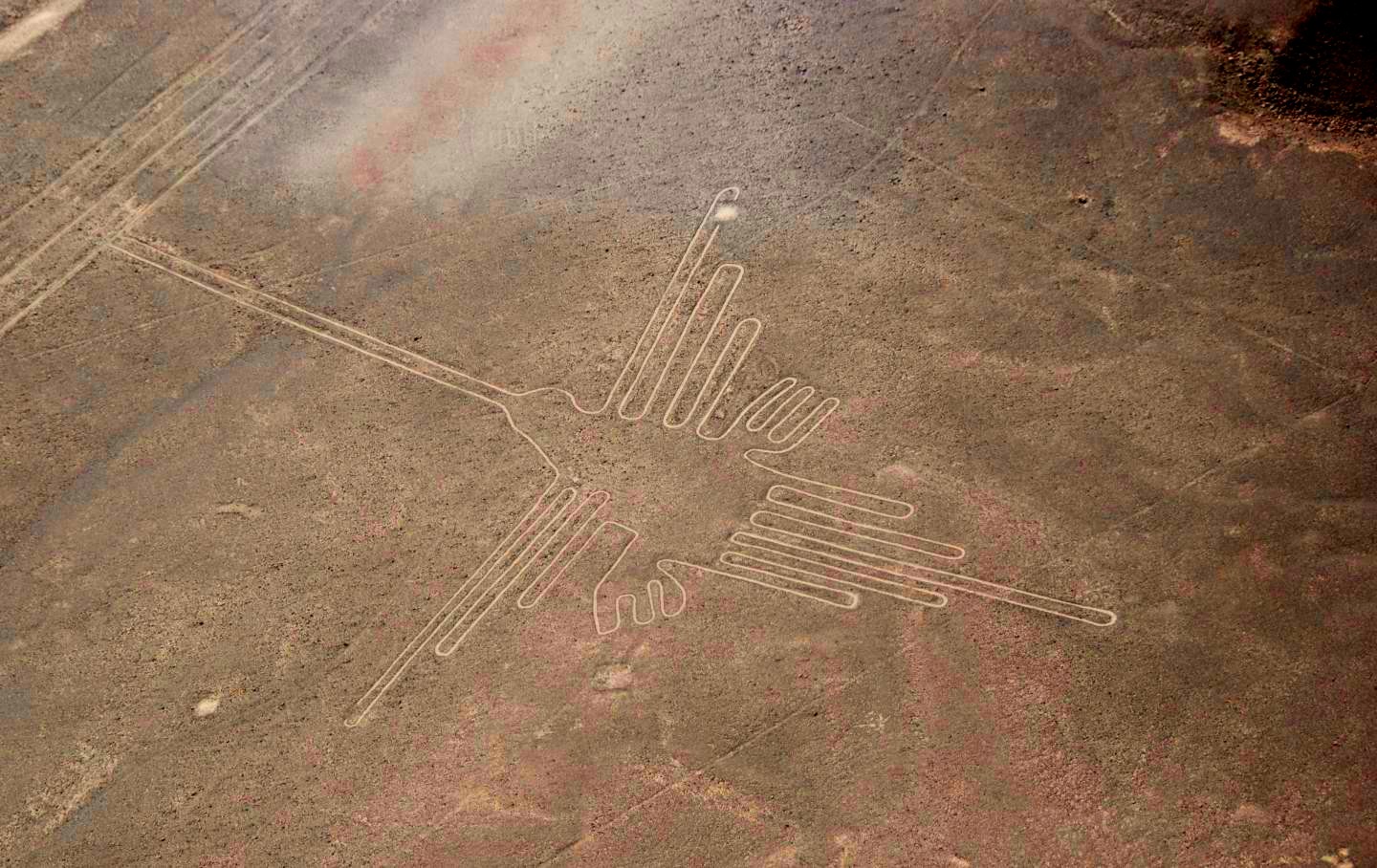Giant birds may help scientists finally solve the mystery of the Nazca lines [View all]
The newest approach: Ornithological identification.

By Sarah Sloat on December 31, 2019
Earth’s most astounding group of geoglyphs stretch across nearly 200 square miles of arid Peruvian coastal plain. The Nazca lines are a huge mystery — literally. A portion of the 70 animal and plant designs are as large as the Empire State Building. But it’s unclear what story they are supposed to tell.
However, this summer scientists became one step closer to understanding the purpose of the Nazca lines by taking an ornithological approach. By carefully evaluating the traits of the bird geoglyphys they were able to determine what species of birds were represented — and hypothesize why those birds were there in the first place.
Their analysis was published in the August 2019 edition of the Journal of Archeological Science: Reports.

The "hummingbird" now known as the "hermit."
While called the “Nazca lines” the site is actually a patchwork quilt of straight lines, geometric figures, fantastical creatures, as well as realistic animal and plant designs. The latter group includes 16 etchings of massive birds. These figures were etched out between 500 B.C. to 500 A.D. by an unknown pre-Incan people.
In this study, a team of Japanese researchers examined the morphological traits of the birds, including their giant beaks, necks, wings and tails. They subsequently compared those observations to more than 2,000 scientific drawings of Peruvian birds.
More:
https://www.inverse.com/article/61972-nazca-lines-ornithology-mystery

